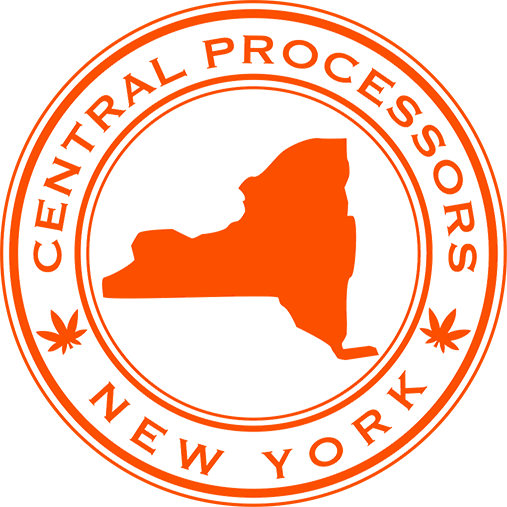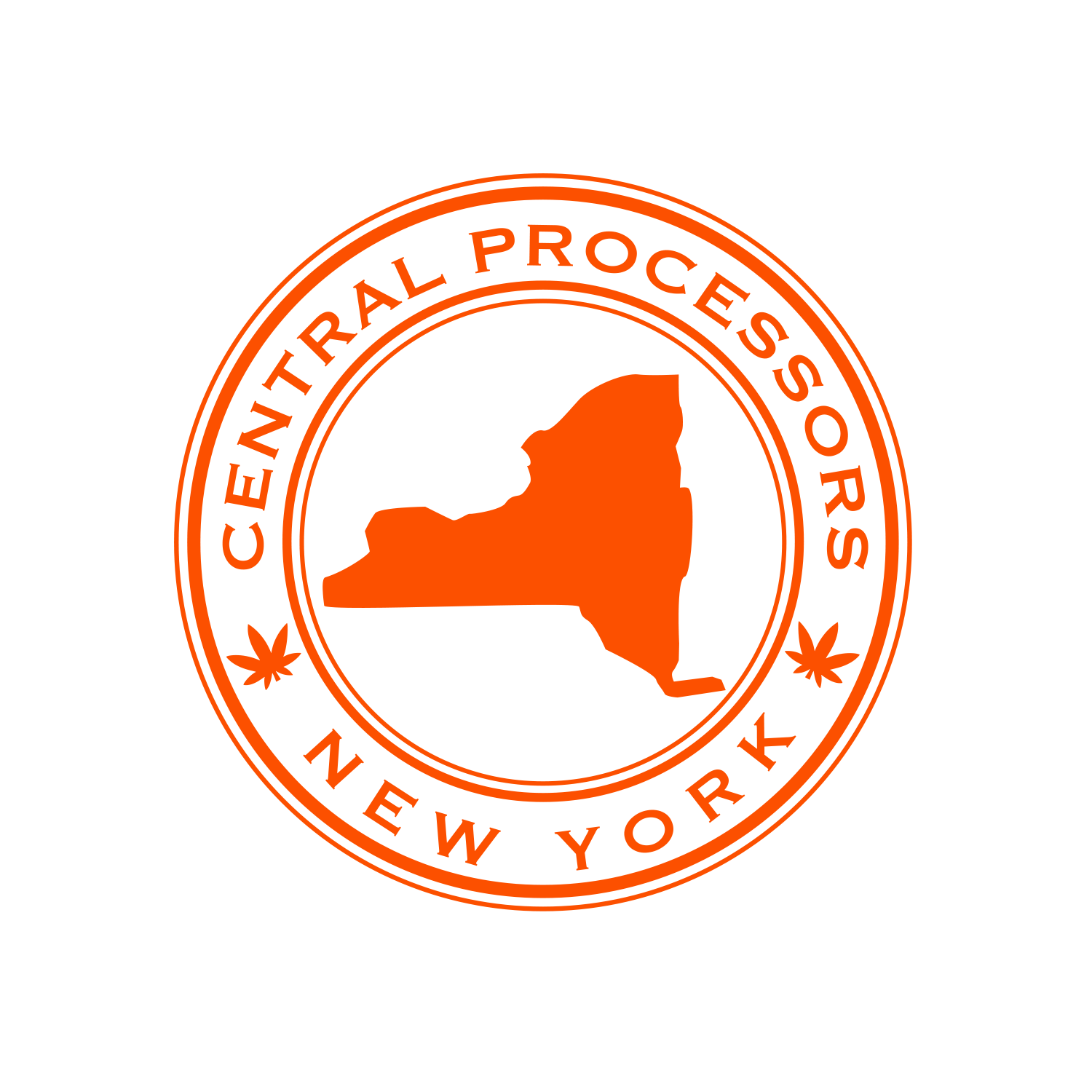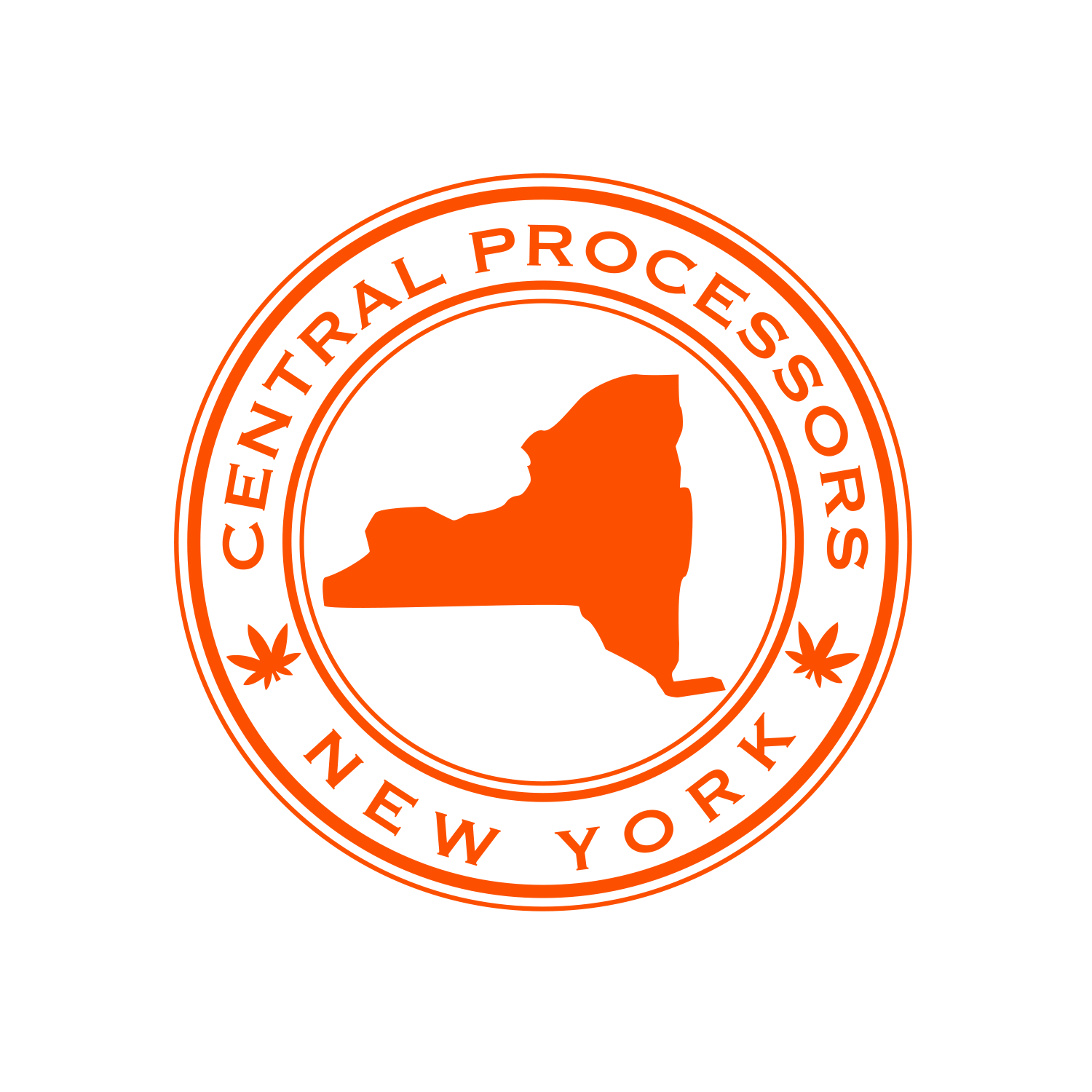Overproduction and Market Saturation
The hemp industry experienced a rapid boom, primarily due to the wide range of potential applications for the versatile crop. This led to a dramatic increase in cultivation, with many farmers switching from traditional crops to hemp. The sudden surge in production outpaced the growth in demand, resulting in a saturated market. Farmers were left with excess stock they could not sell, leading to reduced prices and diminished profits. This unsustainable cycle of overproduction ultimately led to the industry’s collapse.
Adding to the issue was the influx of international competition, which drove prices even lower, further saturating the market. This intense competition left smaller, local producers unable to compete, causing many of them to shutter their operations.
Regulatory Challenges and Legal Barriers
The hemp industry faced a myriad of regulatory challenges and legal barriers that contributed to its downfall. Although hemp was legalized federally in the United States in 2018, each state had its own set of regulations, resulting in a disjointed and complex legal landscape. Confusion over the distinction between hemp and marijuana, as well as strict THC limits, complicated matters further. These legal hurdles stifled the industry’s growth by limiting the scope of hemp applications and discouraging potential investors.
Additionally, the lack of harmonization in international regulations hindered the expansion of the hemp industry on a global scale. As countries around the world developed their own laws and guidelines, the industry struggled to navigate the complex patchwork of rules, further limiting its growth potential.
Insufficient Infrastructure and Supply Chain Issues
The sudden growth in the hemp industry led to a lack of adequate infrastructure and supply chain management. There was a shortage of facilities for processing raw hemp into usable products, leading to a backlog of unprocessed hemp and decreased efficiency. Additionally, the supply chain was fragmented, with inconsistent quality standards and limited coordination between farmers, processors, and manufacturers.
This lack of infrastructure ultimately made it difficult for the industry to scale effectively, contributing to its eventual collapse. Moreover, the limited availability of specialized equipment, such as harvesting machinery, further constrained the industry’s ability to manage the increased production. As the demand for hemp-derived products grew, the industry’s inability to efficiently process and deliver these products to consumers only exacerbated the problem.
Mismanagement and Inexperience in the Industry
The rapid expansion of the hemp industry attracted many entrepreneurs and investors who saw potential for high profits. However, this influx of newcomers often lacked the necessary experience and knowledge about the cultivation and processing of hemp. Mismanagement became widespread, leading to poor decision-making and a failure to anticipate and address the industry’s challenges. This inexperience in the sector contributed to the collapse of the hemp industry, as it failed to develop a strong foundation necessary for sustained growth.
Furthermore, the lack of proper education and training programs for farmers, processors, and other stakeholders resulted in a workforce that was ill-equipped to handle the unique challenges of the industry. The absence of knowledgeable professionals in key positions within the industry ultimately led to its downfall, as the sector failed to adapt and evolve in the face of mounting obstacles.




